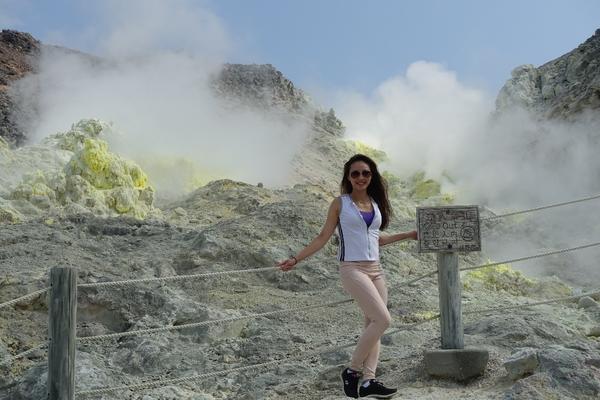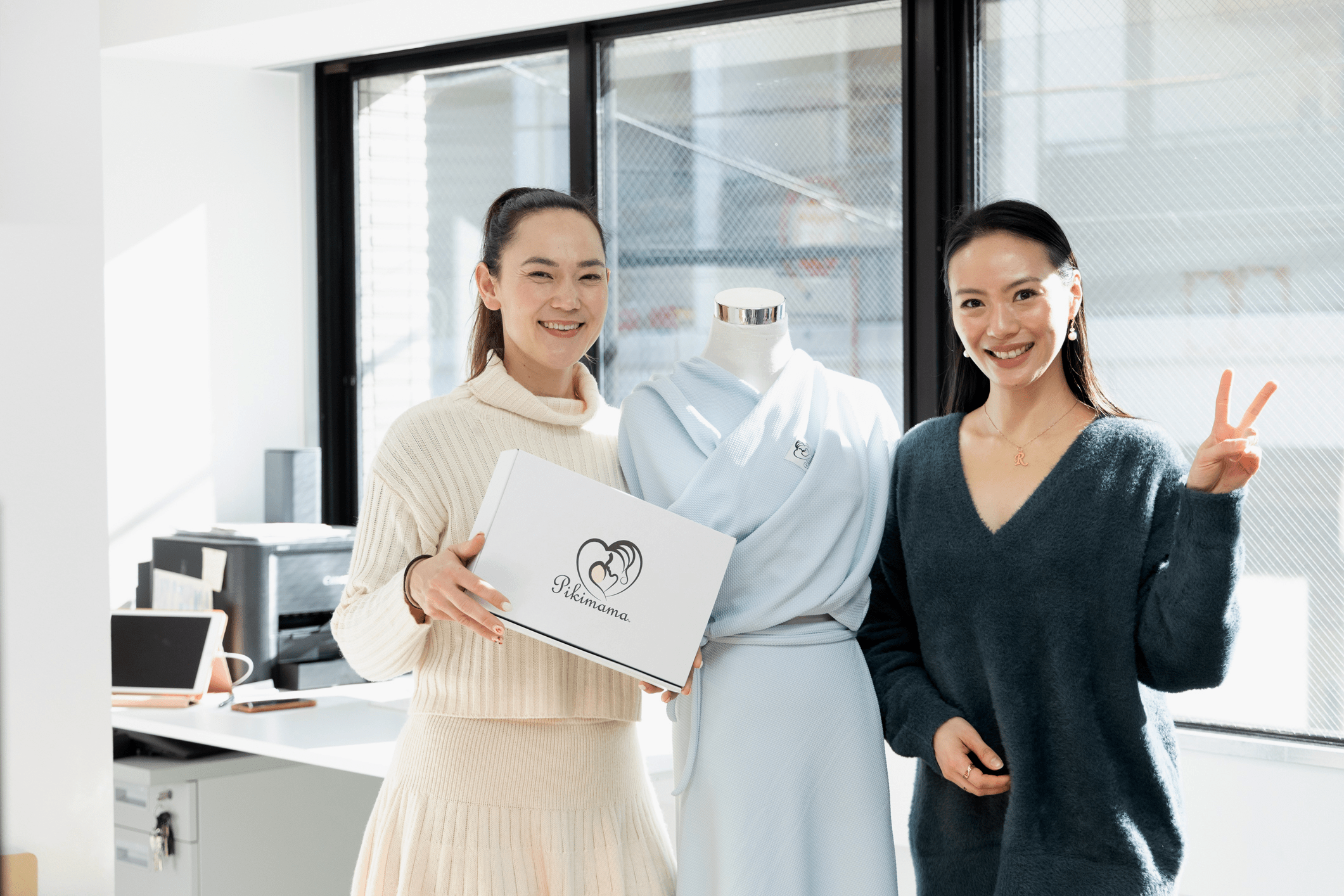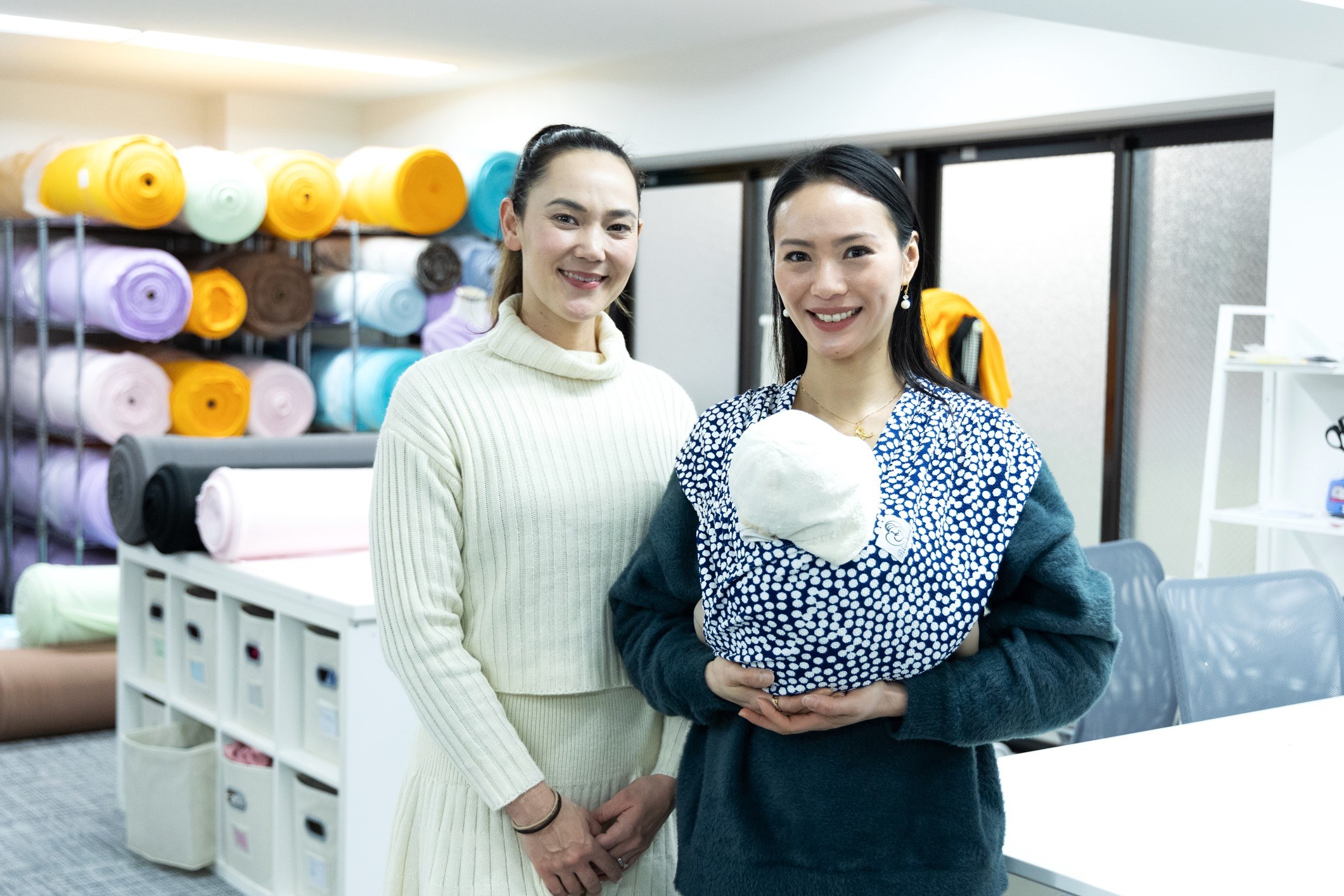※The recent earthquake was such a disaster in Hokkaido… But amidst the avalanches, broken roads collapsed houses, the Japanese spirit of resilience to such hardships is amazing and truly shines through. This past summer, I had the chance to visit Hokkaido for the first time. Although visiting Sapporo is arguably the most popular for first-time visitors to Hokkaido, I wanted to explore the much less traveled Eastern Hokkaido, famous locally for its three volcanic lakes, Lake Akan, Lake Mashu, Lake Kussharo, and Mt. Io. In this post, I hope you will enjoy visiting Mt. Io with me!
※北海道の最近の地震は本当に残念なことですね…しかし、土砂崩れ、家屋や道路の崩壊があった中、苦難から直ぐに立ち直ろうとする日本の精神は素晴らしいと思います。私は、今夏 初めて北海道を訪れました。札幌は人気がありますが、私が訪れたのは道東の3つの火山湖(阿寒湖、摩周湖、屈斜路湖)と硫黄山です。 今回は硫黄山について書きたいと思います~
Mt. Io: The Naked Mountain
Mt. Io (Io-zan in Japanese), referred to by the local Ainu people as “Atosanupuri” (naked mountain), is a volcano with the highest Sulphur concentration in Japan. The mountain is located between Lake Mashu and Lake Kussharo and is definitely worth a visit!
硫黄山: 裸の山
「硫黄山(アトサヌプリ)」は、摩周湖と屈斜路湖の間にある山です。硫黄山は、川湯温泉の源でもあり、ゴーゴーと言う音と噴煙が立ち込め、地球の鼓動を間近で感じる事のできる場所です。☆
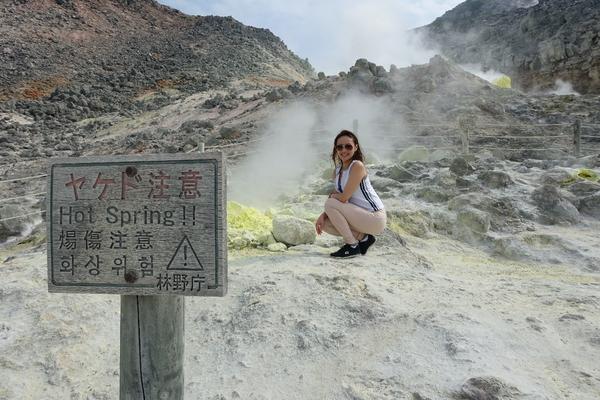
The bright yellow color on the ground is due to the high Sulphur content. Getting up close you can see the water boiling! Behind me, there is even a crater about 50m deep nicknamed “Bear Dropping” by the local Ainu people because it is believed that a bear fell into it before.
鮮やかな黄色が硫黄でしょうね。沸騰しているのも見えます。もくもくと湯気が立ち上っています。山の中腹には、深さが約50メートルにもなる火口跡があります。アイヌ人がこの穴に熊を追って落としたことから、この穴を「熊落とし」とも呼ばれています。
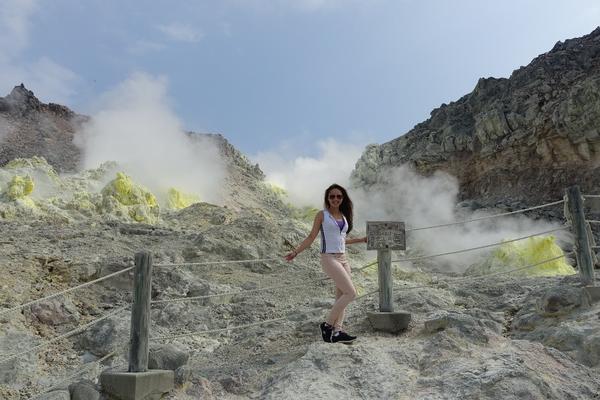
Most of the mountain where craters are found is off limits to visitors due to the risk of falling rocks. The barren mountain is covered by over 1,500 volcanic craters of all sizes emitting white steam! The white steam and smell of Sulphur envelopes the whole area, creating a unique atmosphere.
噴煙が上がる「アトサヌプリ」は、落石の危険性があり登山者の安全性が考慮され、立ち入り禁止となっています。 1,500個以上の火山噴火口が白い蒸気を放出していますよ! 硫黄の白い蒸気と匂いが全面を覆い、独特な雰囲気を作り出します。
After viewing the volcanic craters, you should stop by the rest house to try some of their famous “Onsen Eggs” cooked in the Sulphuric hot springs of Mt. Io!
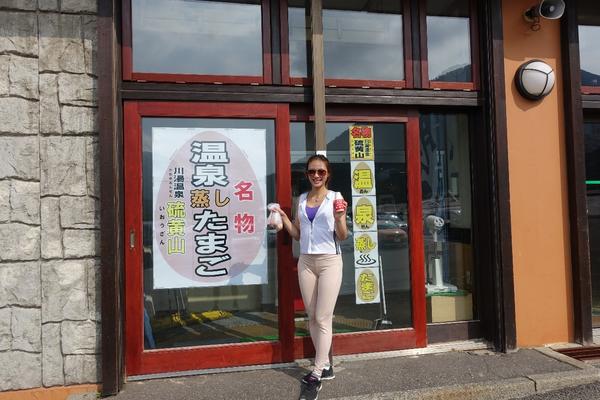
レストハウスでは、地熱を利用して温泉卵が販売されています。試してみましょう!
At the rest house with my Onsen Eggs.
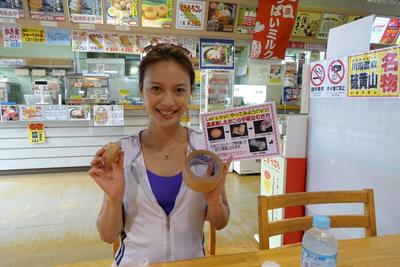
硫黄山の名物:温泉蒸したまごを買いました!
It can be quite difficult to peel an egg cooked in hot springs as they can be too hot to touch, so I learned a new method of peeling eggs using masking tape!
温泉卵は熱くて触る事は難しいと思います。そこで、ガムテープを利用した殻の外し方をご紹介します!^^/
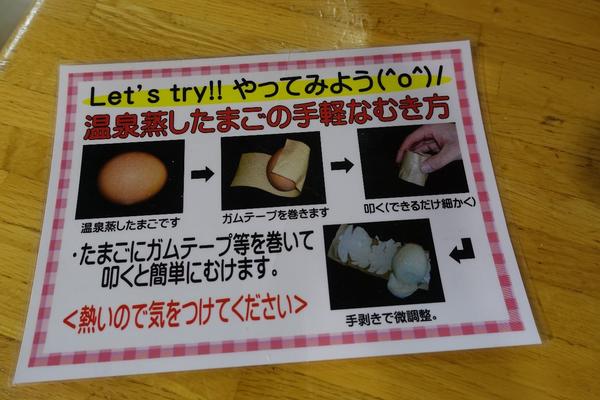
Let’s try a new way to peel and eat “Hot Spring Eggs”!
First, you wrap the whole egg in masking tape. Then, you break the whole shell by hitting it against the table with the tape on.
「温泉卵」の新しい食べかたを学びましょう!まず、温泉卵をガムテープで卵全体に巻きます。そしてガムテープが巻かれた卵を、トントンとテーブルにぶつけて殻を割ります。
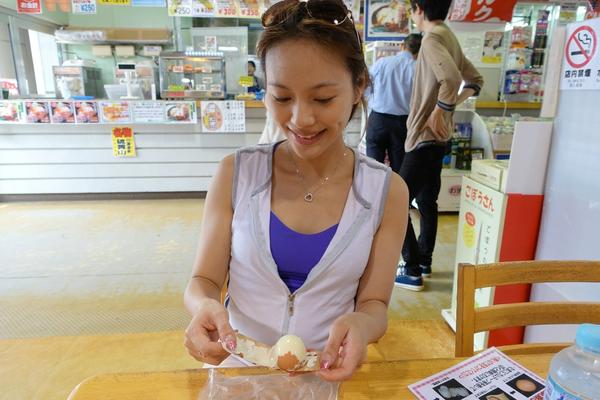
When the shell is cracked, you simply remove the masking tape and your egg is perfectly peeled! No mess and no sticky hands!
卵の殻が割れたら、ガムテープをゆっくり外すとツルリとゆで卵が出て来ました。この上から食塩をかけて、熱々のゆで卵を食べてください!とても簡単な殻むきの方法ですよ。そして、格別に美味しい温泉卵で~す!
***
This is the third post in my 4-Part Series on East Hokkaido. Next stop: Lake Kussharo!
次は、屈斜路湖へ行きすので、是非ご覧ください~

